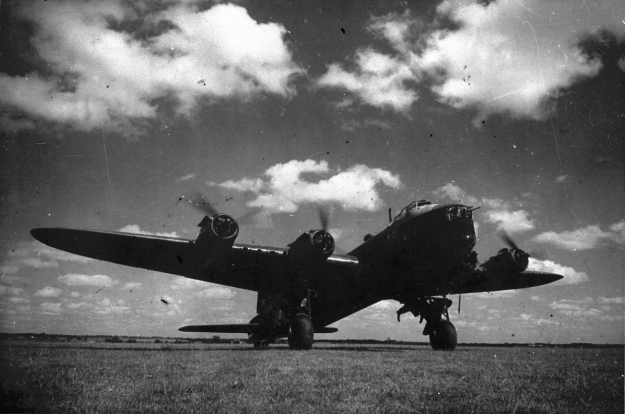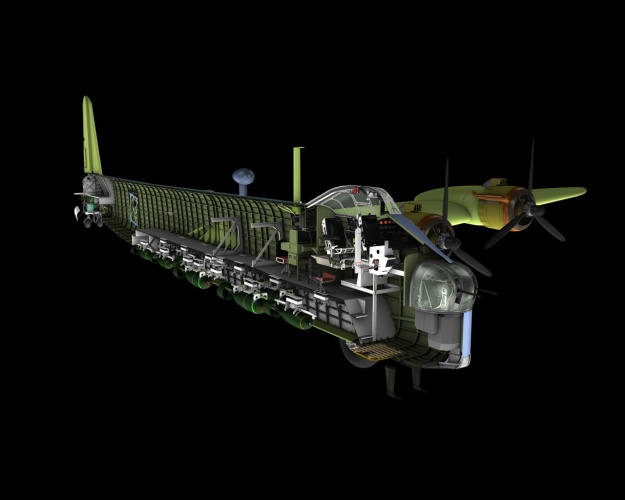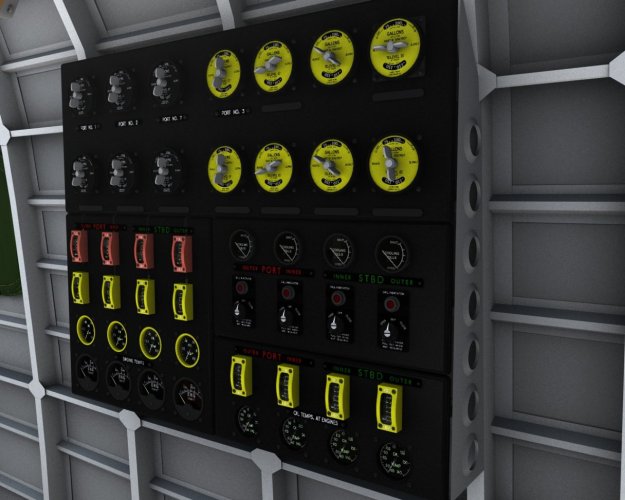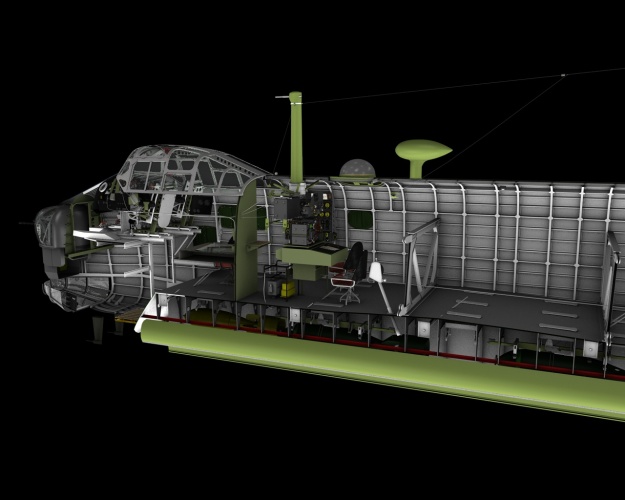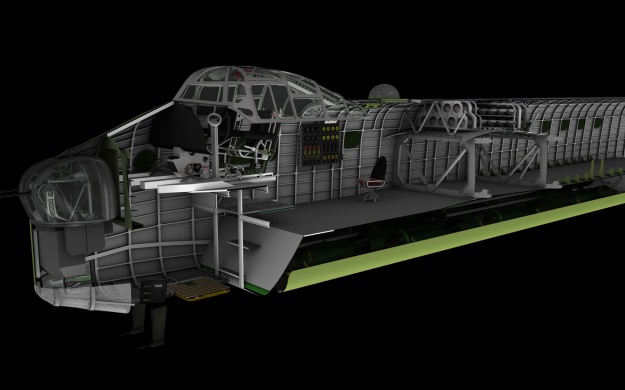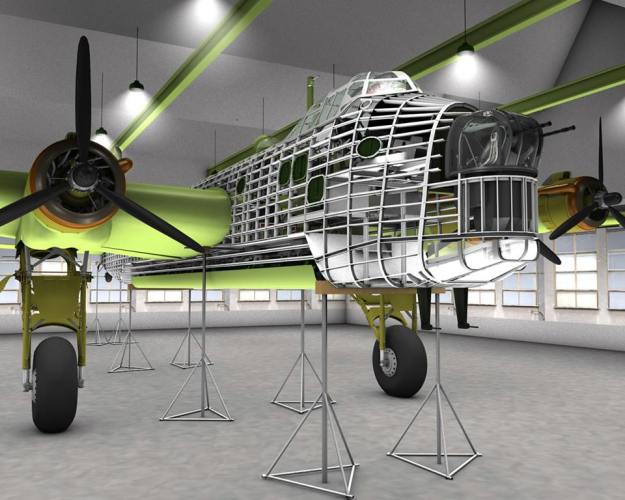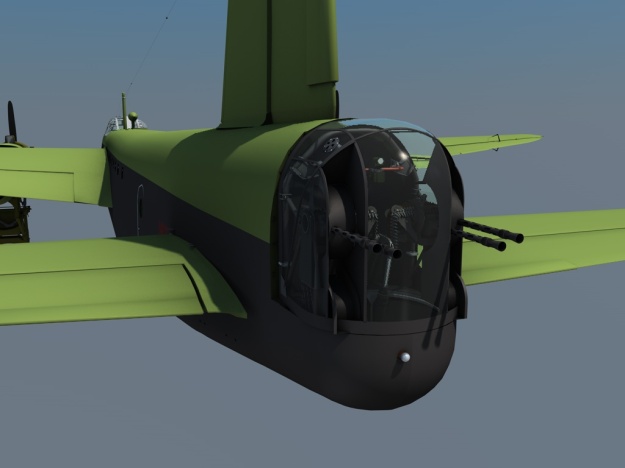
Badge of No. 75 (NZ) Squadron, RAF.
On ANZAC Day 2024 I thought it was a good time to reflect on the Losses suffered on 75 (NZ) Squadron during the Second World War.
Some details from The Bomber Command War Diaries by Martin Middlebrook and Chris Everitt.
Raids Flown. –
Wellingtons. – 291 Bombing, 24 Minelaying, 4 Leaflet, 1 Photo Recon.
Stirlings. – 103 Bombing, 107 Minelaying.
Lancasters. – 190 Bombing, 18 Minelaying, 1 Leaflet.
Sorties and Losses.
Wellingtons. – 2,540 sorties, 74 aircraft Lost.
Stirlings. – 1,736 sorties, 72 aircraft Lost.
Lancasters. – 3,741 sorties, 47 aircraft Lost.
8 Lancasters were destroyed in crashes.
Carried out the fourth highest number of bombing raids in Comber Command Heavy Squadrons.
Flew the most sorties in 3 Group and the whole of Bomber Command.
Suffered the second highest casualties in Bomber Command.
Believed to have dropped the third highest tonnage of bombs (approximately21,600).
Also dropped 2,344 mines, probably the second highest number in Bomber Command.

Image from the RW Russell personal album collection. “Refueling and Bombing Up. Tanker Carries 2,500 Gallons, Weighs 22 Tons. Bomb load Here 1 – 4,000 LB “Cookie”, 10 – 500 LB General Purpose, 4 – 250 LB General Purpose. Pushing the “Cookie” under the No. 75 Squadron Lancaster.
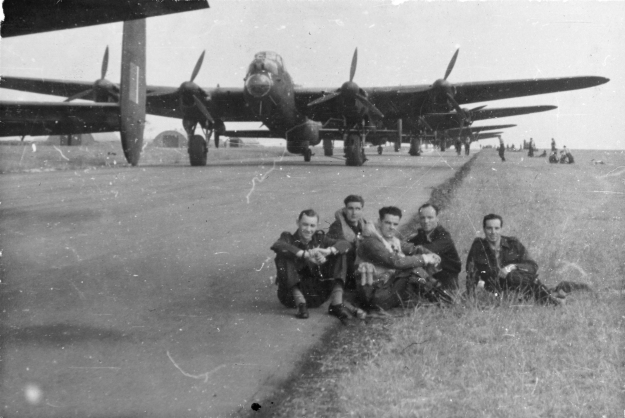
Image from the Russell Brothers personal album collection. No. 75 Squadron crews resting on the grass beside a line up of No. 75 Squadron Lancasters. Unknown location. Near aircraft is JN-M.
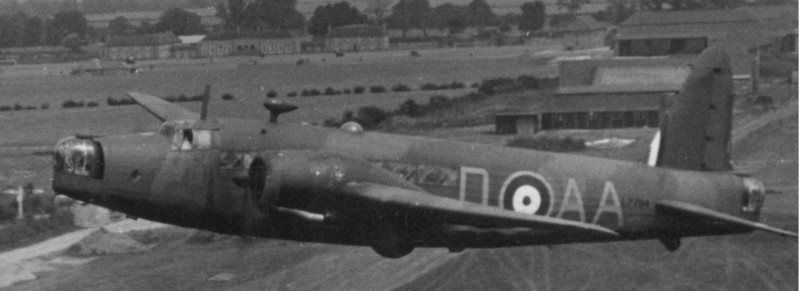
![ALB2318313017 Image from the Allan Mason Forbes Alexander personal album. AMF Alexander and his No. 75 Squadron crew beside the port main wheel of their Stirling. Unknown location in England. Handwritten under the print "Operations crew 1943 75 NZ. Squadron. England. / [L-R] McDonald Rear Gunner, Des Andersen Navigator, Frank Howard Engineer, Doc Lyon Mid Upper Gunner, Tom Mayhew Wireless Operator, Phil Pullyn Bomb Aimer. A Alexander Pilot [crouching in front]."](https://75nzsquadronremembered.files.wordpress.com/2024/02/alb2318313017.jpg?w=339&resize=339%2C253&h=253#038;h=253)
![ALB933373021 Image from the R. W. Russell personal album collection. No. 75 Squadron Lancaster crew in front of a Nissen (Quonset) hut. Believed to be at RAF Station Mepal. L-R: "Jack, Ivor, myself [R.W. Russell], George, Fred (crouching, front), Nev, Vic".](https://75nzsquadronremembered.files.wordpress.com/2024/02/alb933373021.jpg?w=339&resize=339%2C226&h=226#038;h=226)




![ALB933374039 Image from the RW Russell personal album collection. "Bruce's Crew. [L-R] Rear Gunner "Tutty", Navigator Jeff Boulton, Bomb Aimer Cyril Bullock, Pilot Bruce, Wireless Operator "Scotty", Flight Engineer Bill Allred, Mid Upper Gunner "Smithy". Presumed to be No. 75 Squadron personnel.](https://75nzsquadronremembered.files.wordpress.com/2024/02/alb933374039.jpg?w=249&resize=249%2C175&h=175#038;h=175)

